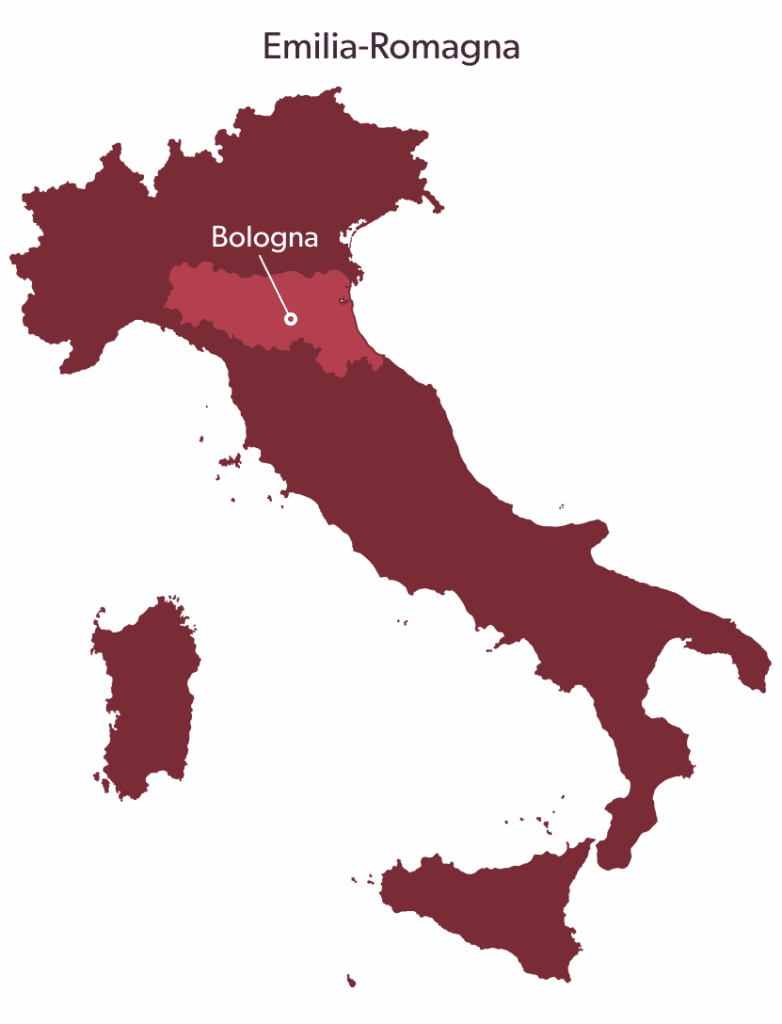Prosciutto di Parma has a long history behind it. In ancient Roman times, the pig legs were left to dry, greased with a little oil and aged without spoiling, leading to tasty meat with a pleasant flavour.
Today the process hasn’t changed all that much and as the Romans did, we enjoy the delicacy that is Parma ham.
The Roman times aren’t the only traces we have of the King of hams; in fact, it is known that Hannibal, the famous Carthaginian general, used to eat raw meat! We know this because during the campaign of conquest of Italy, after defeating the Roman army in the battle of Trebbia (218 BC), Hannibal was joyfully greeted by the citizens of Parma and offered their most precious food: salted pork thigh, Prosciutto di Parma’s ancestor.
The Museum is in Langhirano is the perfect site to learn more about the ham’s history and interesting facts and peculiarities. The renovated Foro Boario building, a splendid 1928 example of rural architecture, used in the past as a cattle market, is located in an area strongly characterized by the processing and maturing of pork meats.
The exhibition reconstructs the production process and recreates the journey from ancient pork butchery traditions to today’s production methods. There are eight thematic sections with photographic materials, historical documents, machinery and audio-visual projections.
The different sections highlight:
- the local area and its history;
- the pig breeds used in prosciutto production;
- the historical, political and food-production role of salt;
- pork butchery and its traditional methods;
- the Parma cured meats fragrant with tradition;
- the extraordinary gastronomic wealth;
- the processing of prosciutto;
- Prosciutto di Parma Consortium for the protection of quality.

